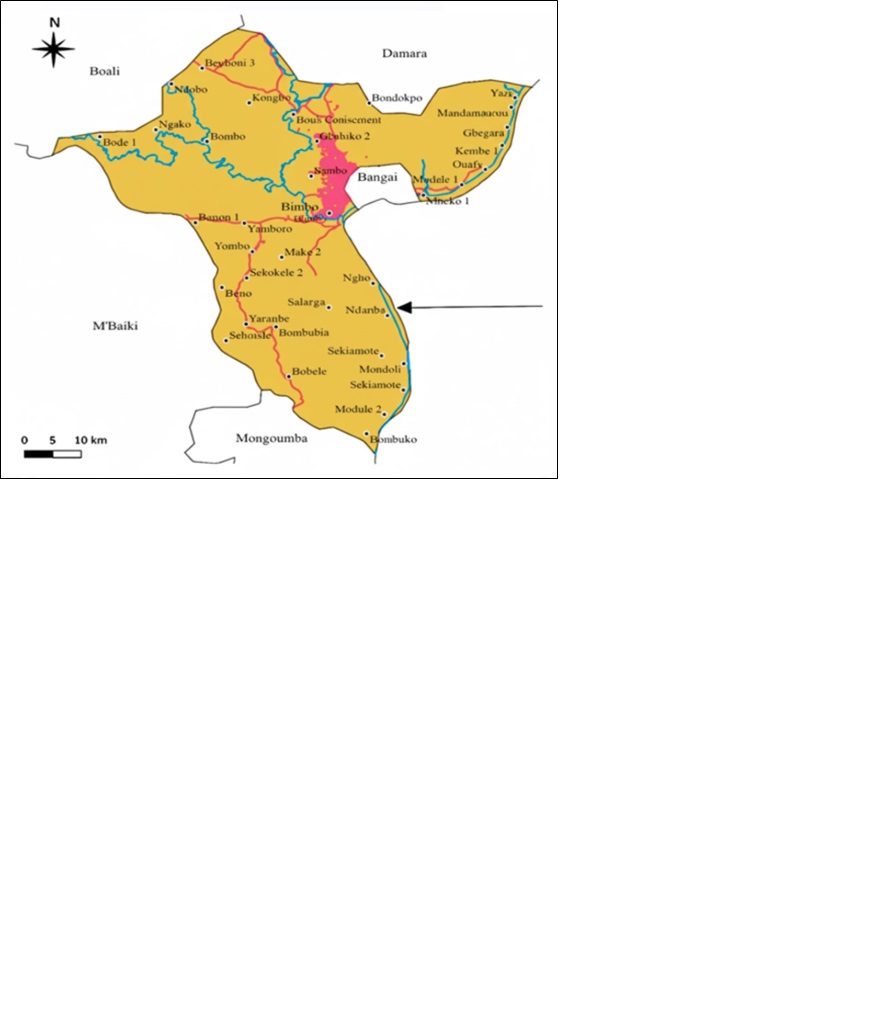- Printed Journal
- Indexed Journal
- Refereed Journal
- Peer Reviewed Journal

Journal of Pharmacognosy and Phytochemistry
Vol. 14, Issue 6 (2025)
Chemical screening and evaluation of the antioxidant and antibacterial activities of the phenolic content of crude bark extracts from Funtumia africana (Benth.) Stapf
Ngaïssona Paul, Namkona Frédéric Armel, Koane Jean-Noël, Worowounga Xavier, Koyakonzi Koyanzia Kenny Jonathan, Koueni Okounda Kevin Hermann, Issa-Madongo Mathurin and Syssa-Magalé Jean Laurent
Funtumia africana (Benth.) Stapf, also known as Funtumia latifolia (Stapf), is a plant used in traditional Central African medicine. Its bark is used to treat various diseases. The aim of this study is to characterise the phytochemical groups, determine the content of phenolic compounds and evaluate the antioxidant and antimicrobial activities of the crude extracts of this plant. Preliminary qualitative analysis using thin-layer chromatography revealed the presence of alkaloids, leucoanthocyanins, saponins, triterpenes, sterols, coumarins, and anthracene derivatives. Quantitative analysis showed high levels of phenolic content in the hydro-methanolic extract (0,957
± 0,001 mg Eq AG/g Ms) and total flavonoids in the methanolic extract (0,430±0,016 mg Eq Quer/g Ms). Antioxidant activity was evaluated using thin layers and 96-well microplates. The methanol and ethanol extracts exhibited inhibition percentages of 56,82% and 55,60%, respectively, with an R² value of 0,817. Antimicrobial activity against Staphylococcus aureus and Escherichia coli was evaluated using the diffusion method. The methanol extract inhibited the growth of E. coli and S. aureus with an MIC of between 0,5 and 1,5 mg/mL. These results suggest that F. africana bark exhibits both antioxidant and antibacterial properties due to its high phenolic compound content.

Fig. 1: Map of the study area showing the location of F. africana (Source: LACCEG, 2023)
Pages: 30-39 | 165 Views 65 Downloads









